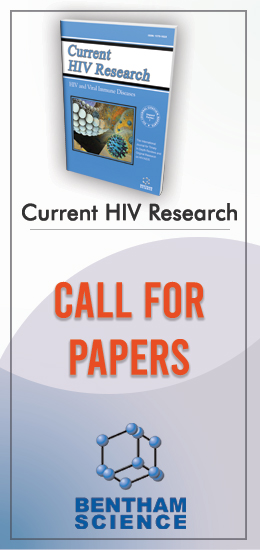Acceptability and Uptake of HIV Self-screening among Educators at High Schools in Pretoria, Gauteng Province, South Africa
N Mkhize1, Huma Mmmampedi1, Mokgatle MM1, O Oguntibeju2, *
Abstract
Background:
The estimated overall HIV prevalence rate in South Africa was approximately 12.6% in 2017. Knowledge of one’s HIV status is an entry point to care and treatment services. The utilisation of HIV testing and counselling services in South Africa remains low, with issues such as limited privacy and long queues cited as barriers to the uptake of these services. This study was conducted to determine the acceptability and uptake of HIV self-testing among educators at high schools in Pretoria, Gauteng Province.
Methods:
The study employed a cross-sectional quantitative research design involving the completion of a self-administered structured questionnaire. Data were collected from
333 educators working in 26 different high schools under provincial departments of education in Tshwane. Data collected were analysed using STATA Software version 13.0.
Results:
A proportion of (55%; n=182) of the participants were aware of the HIV self-testing method. Most of the participants (70%; n=232) indicated that they would personally use HIV self-testing to know their HIV status, citing confidentiality as the main benefit associated with this method. However, only (12%; n=35) had ever tested for HIV using HIVST. Being married was found to be 0.3 times less likely to influence the willingness to use HIVST (P<0.001), while having ever tested for HIV was found to be 3 times more likely to influence the acceptability of HIVST (P<0.01). Adults (older than 35 years) were found to be 0.37 less likely to use HIVST (P<0.001).
Conclusion:
Despite the high acceptability of HIVST, its uptake was very low among the participants. There was a significant association between acceptability and age, marital status, and the history of testing for HIV. More studies on HIVST among professionals in the educational sector should be conducted for the evidence-based implementation of this testing modality.
* Address correspondence to this author at the South Department of Biomedical Sciences, Faculty of Health and Wellness Sciences, Cape Peninsula University of Technology Bellville 7535, South Africa; E-mail: oguntibejuo@cput.ac.za








